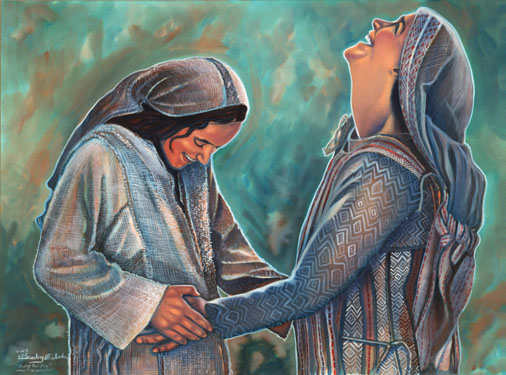The Birth in the Manger
Once Within a Lowly Stable
Luke 2: 6-7
6. And so it was, that, while they were there, the days were accomplished that she should be delivered.
7. And she brought forth her firstborn son, and wrapped him in swaddling clothes, and laid him in a manger; because there was no room for them in the inn.
Away in a Manger
Once Within a Lowly Stable
Silent Night
---------------------------------------------------------------
When Mary and Joseph reached Bethlehem, the city was crowded with people who had come to pay taxes. There was not room for Joseph and Mary in the inns, but they were finally allowed to stay in a stable where Mary “brought forth her firstborn son, and wrapped him in swaddling clothes, and laid him in a manger”
Birth in Bethlehemhttp://lds.org/liahona/1991/02/in-this-holy-land?lang=eng&query=journey+bethlehem
He chose to the born in Bethlehem, adjoining Jerusalem. Why Bethlehem? Is there symbolic significance in the meaning of the name Bethlehem,which in Hebrew means “house of bread”? The Great Provider declared Himself to be the “bread of life.” (See John 6:48.) How appropriate it was that He, the “bread of life,” was to come from the “house of bread.”
But why among the animals? He, who John declared to be the “Lamb of God” (John 1:29), was born during the season of Passover amongst the animals, as were other lambs being prepared for Paschal sacrifice.
At the birth of Him who is called the “good shepherd” (John 10:14), shepherds were the first to receive the announcement of His holy birth. (See Luke 2:8–16.)
At the birth of Him who once identified himself as the “bright and morning star” (Rev. 22:16), a new star appeared in the heavens. (See Matt. 2:2; 3 Ne. 1:21.) Shining brightly over Bethlehem, that star had been placed in orbit far in advance of the foretold event in order that its light could coincide in time and place with His blessed birth.
At the arrival of Him who is called “the light of the world” (John 8:12), darkness was banished as a sign of His holy birth. (See 3 Ne. 1:15, 19.) He was born the Son of God and the son of a virgin mother, as foretold by Isaiah (see Isa. 7:14) and other prophets. (See 1 Ne. 11:13–21; Alma 7:9–10.)
http://lds.org/ensign/1998/12/tasting-the-bread-of-life?lang=eng
As a child I had thought manger was a synonym for crib. I remembered my surprise at learning that a manger is a box made to hold food for animals, a feeding trough! Now, as I sat in Bethlehem, I imagined a manger filled with oats that beasts of burden hungrily devoured. They, like me, would eat and in a few hours want more. No matter how nutritious earthly fare is, it is never enough. The next day, even the next hour, the stomach growls for more.
In my mind’s eye I saw hands brushing away the last few oats. The same hands filled the manger with fresh straw and placed the Babe in the feeding trough. Words leaped to mind: “He that cometh to me shall never hunger” and “He that eateth of this bread shall live for ever” (John 6:35, 58). The heavenly fare offered in the manger was not only eternal but capable of lifting us to God. How fitting that Mary should cradle her son, the Bread of Life, in a manger.
shadow box and silhouette figures





